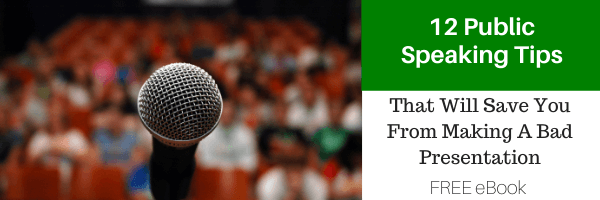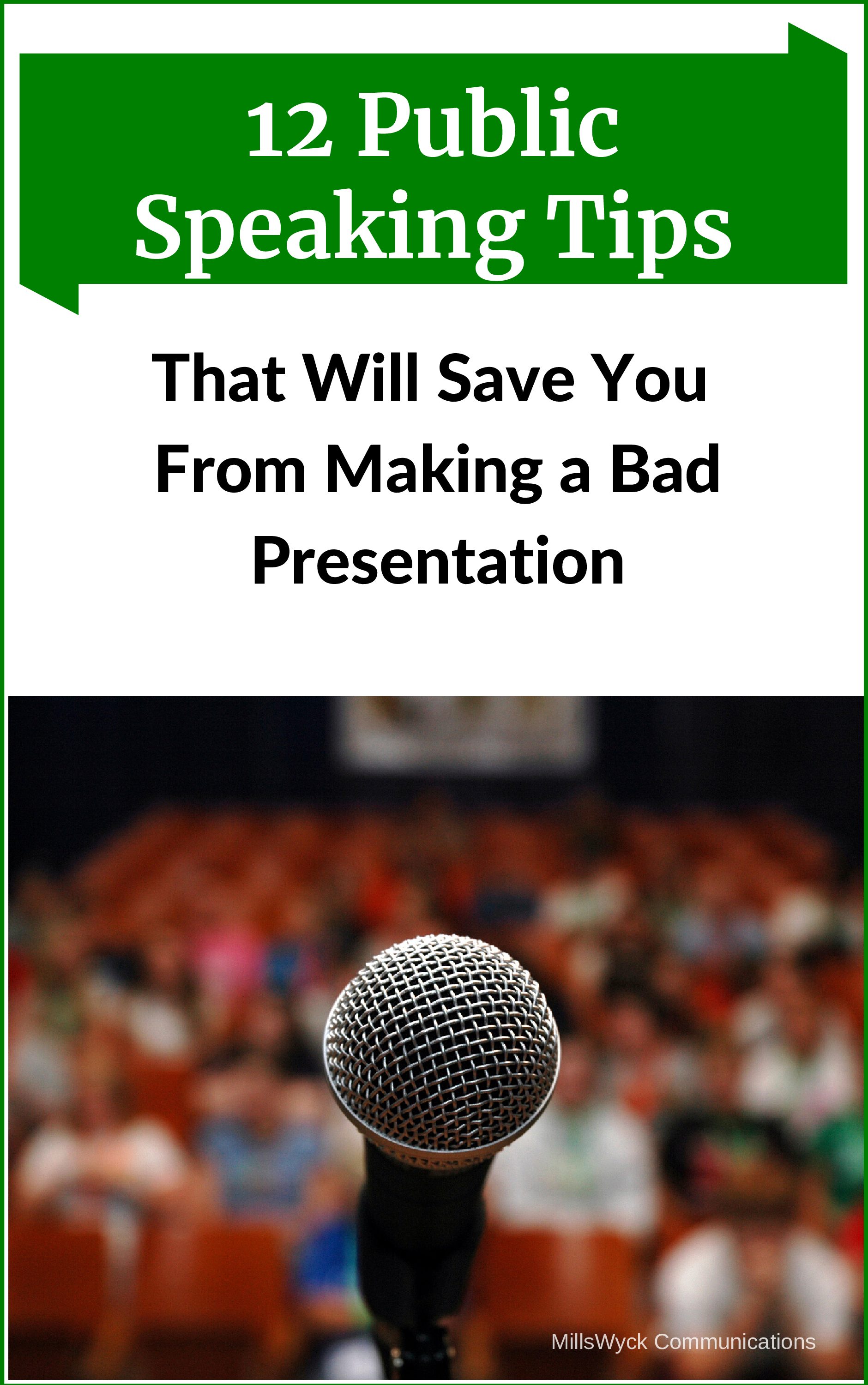Following up Saturday’s post on the elite consulting group with the presentation from the netherworld…Some things that were just bad slide design made a bad thing even worse. Again, I don’t normally try to counsel number of slides, but this presentation had 29 slides for 85 minutes, with NO interactive elements — only text and talking — for the first 30 minutes. After the point where the audience had already checked out, there were some visual elements, which is usually a Good Thing. But in this case, the visual elements were pictures (scanned) of articles from magazines just dumped into a slide with no background, not explanation, no highlight, and no positive effect. The text, if it were a countable font size, would have been about 3 point, and was so blurred it couldn’t be read anyway. The pictures in the articles didn’t translate well on screen (the color depth is often throttled down for web presentations) and was even worse for the handouts (more on handouts/slides another time — for now: BAD idea). And then when the slides were read — verbatim — to the audience, we had three strikes and I was out.I often hear presenters say, “I know you can’t read this” as they put up a slide. I’ve never had the nerve (at least not in public sessions, that’s EXACTLY what I say if I’m coaching one-on-one) to say, “Then WHY are you showing it?” Remember (always) Rule #1. The reason to show a slide is to help make a point and help make it stick. If my only memory of it is how I couldn’t read it, then what’s the purpose of viewing it? For articles, put up the thumbnail of the article, but do a callout/highlight and show the ONE SENTENCE that the audience needs to see. Better yet, highlight the conclusion/result in some creative way and skip the words altogether.Then there were the transitions. Since this was a web presentation, the fancy spinning text and flying letters were (thankfully) not available. Instead, the presenters (narrators?) chose to say almost every slide, “in the next slide…” Used once or twice for effect, the audience can handle it, but being told what the next slide is, then haivng to wait 30 seconds to get to the content, then seeing the slide, then being read the slide, then having the slide summarized — all WITHOUT having a point of interest — just doesn’t hold the audience’s attention very well. We could have saved time and boredom by just moving to the next slide. That’s why they’re ordered, right?
Slides should enhance your message. If they do not, don’t use them.


